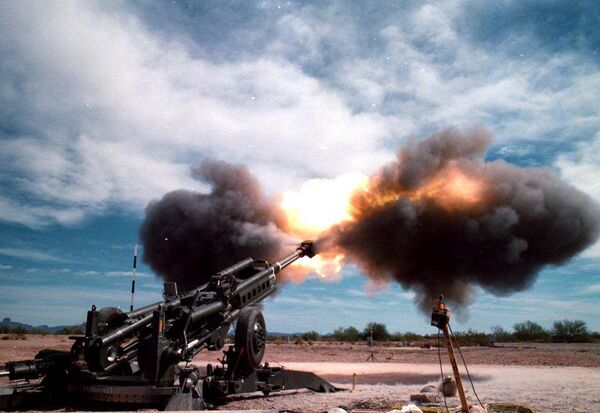
<div><img class=”invisible” style=”display: none” src=”[images%7COpenAccessDataProvider]7585af6b-6140-4f53-9e18-328581f227e2?sfvrsn=26c5e0da_2″></div><div class=”w-100 position-relative”> <img src=”/ResourcePackages/Janes/assets/dist/images/placeholder-16-9.jpg” class=”invisible w-100″> <div style=”background-image: url(“https://www.janes.com/images/default-source/news-images/bsp_75148-idr-26513.jpeg?sfvrsn=26c5e0da_2″)” class=”news-hero bg-center bg-cover position-absolute left-0 top-0 h-100 w-100″></div></div>
<p class=”text-body text-muted small”>An M777 155 mm Howitzer fires at Yuma Proving Ground’s Kofa Firing Range. (US Army )</p>
<p>US Army officials and industry counterparts are preparing for a so-called ‘soft catch’ test and demonstration of a new Assured Position, Navigation and Timing (APNT) capability, which could play a key role in advancing the ground service’s Precision Long Range Fires initiative.</p>
<p>Programme officials from US Army Combat Capabilities Development Command (DEVCOM) and CAES, a Northern Virginia-based company specialising in advanced radio frequency (RF) technologies, will evaluate the survivability and mission validity of the company’s Precision Strike Sensor Core APNT system.</p>
<p>“We’re actually going to integrate (the system) with a round and fire it, to validate the survivability,” during the test scheduled to take place at Picatinny Arsenal in New Jersey, CAES director of engineering Brian Hetsko said.</p>
<p>If successful, programme officials at CAES plan to proceed with future live fire and captive carry demonstrations of the system at Yuma Proving Ground in Arizona later in 2024, Hetsko told <em>Janes</em> during a 20 May interview.</p>
<p>As designed, the Precision Strike Sensor Core consists of a sensor and programmable transceiver, the former of which provides angle of arrival data – in both azimuth and elevation – of a given precision long-range fires weapons system, Hetsko said.</p>
<p>That sensor data is then relayed to the programmable transceiver, which then provides the range to a given target, he said. “The combination of azimuth, elevation, and range provide a relative position of the platform,” Hetsko added.</p>
<p><strong></strong></p>
